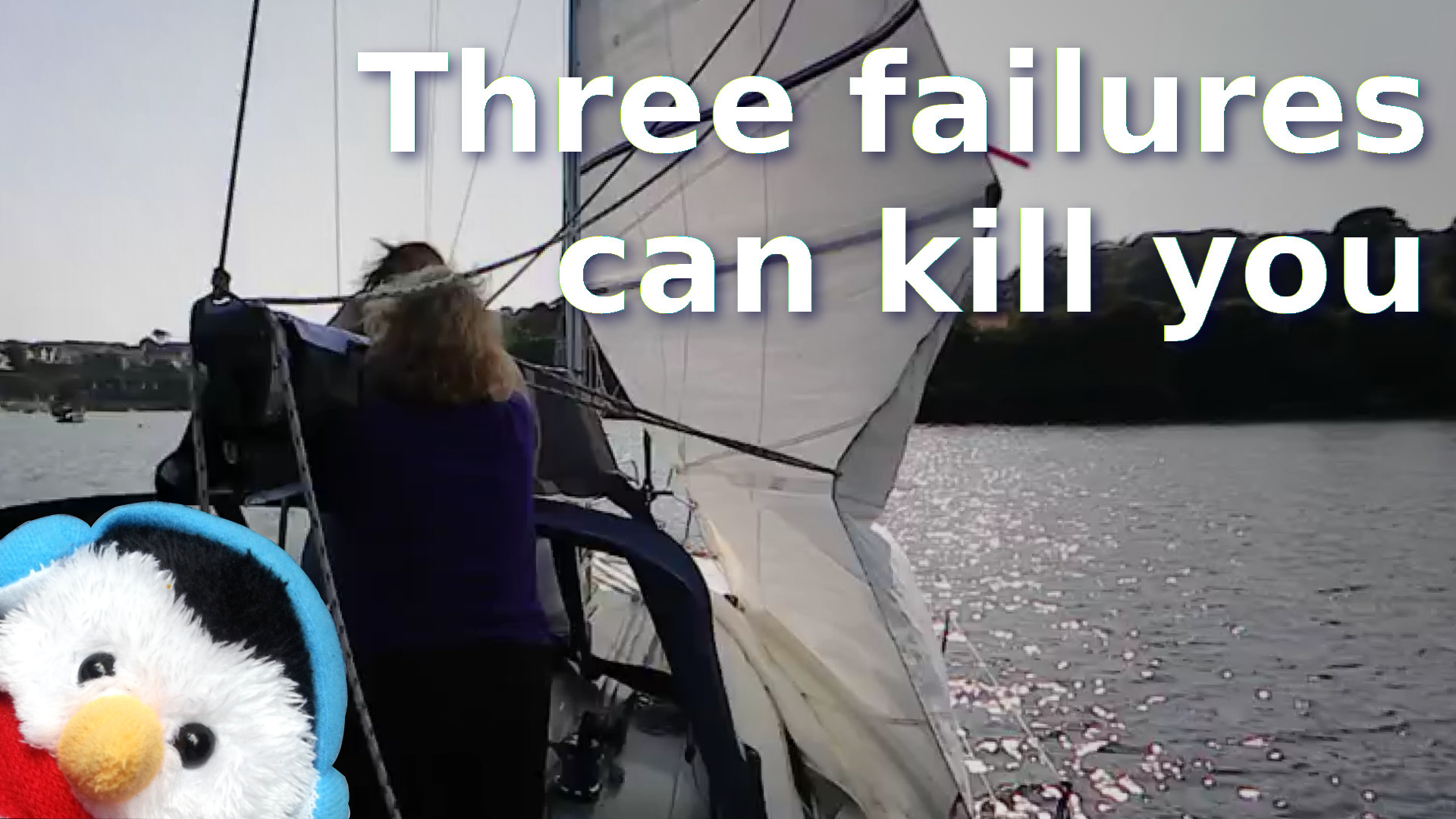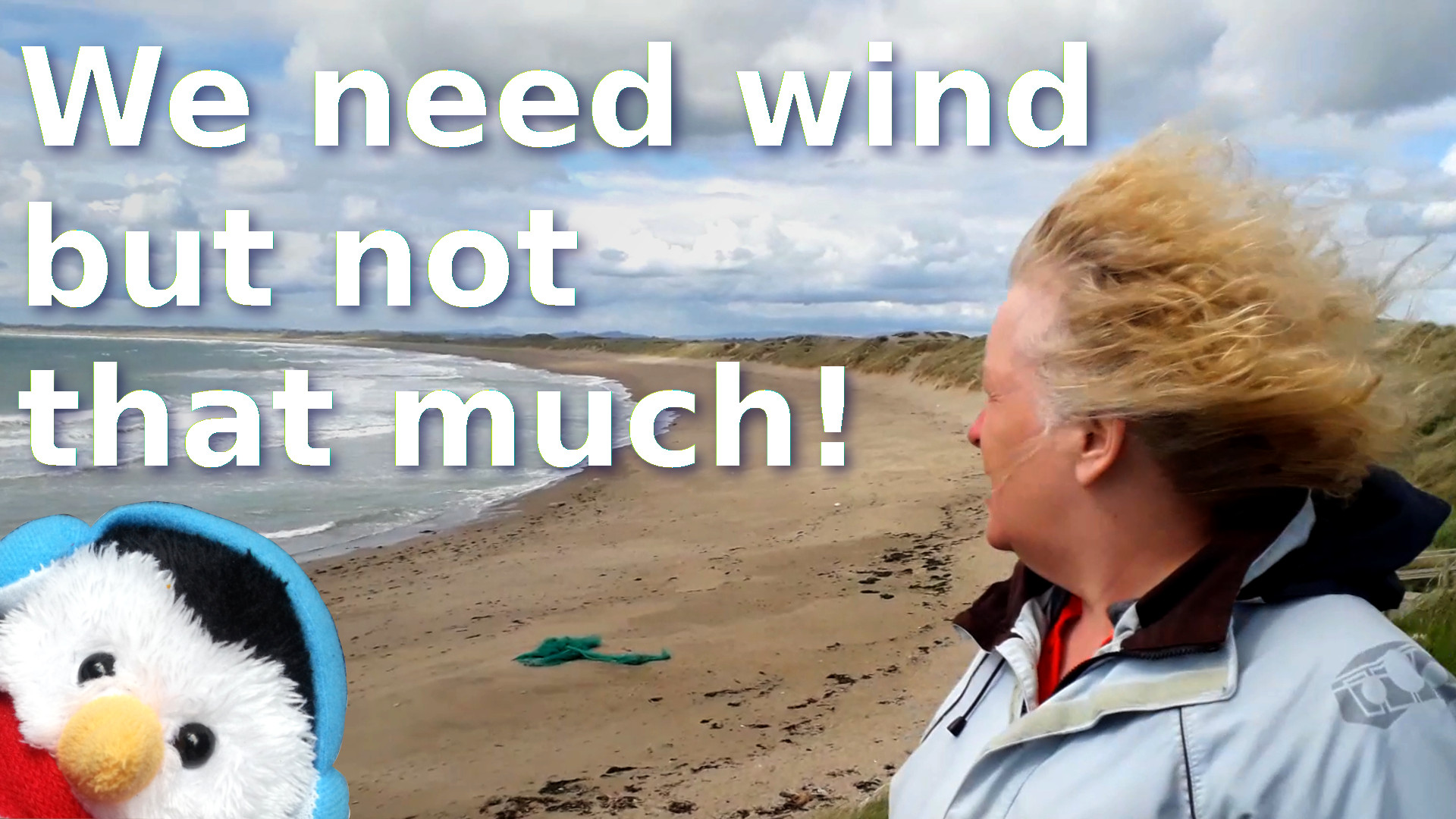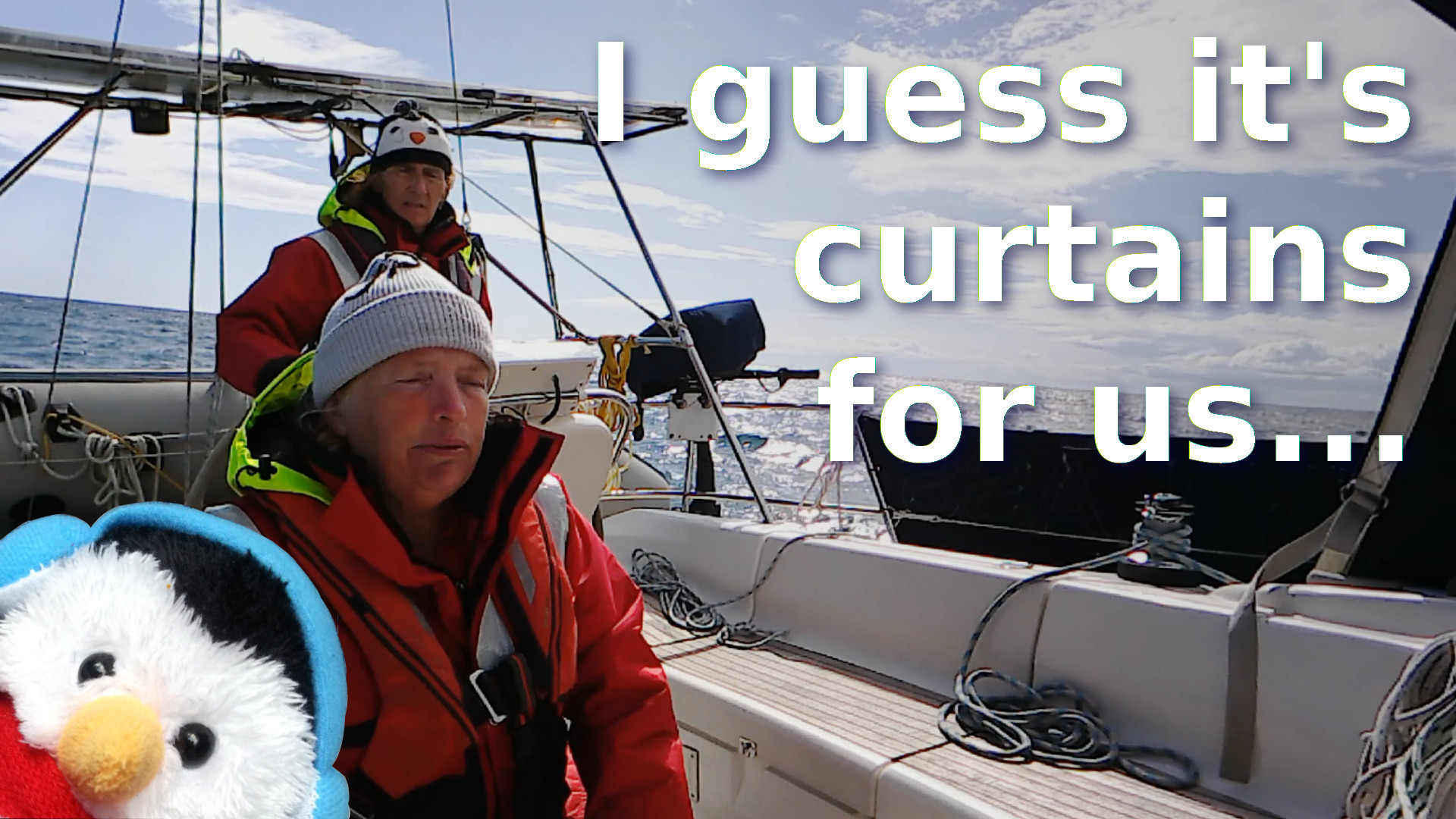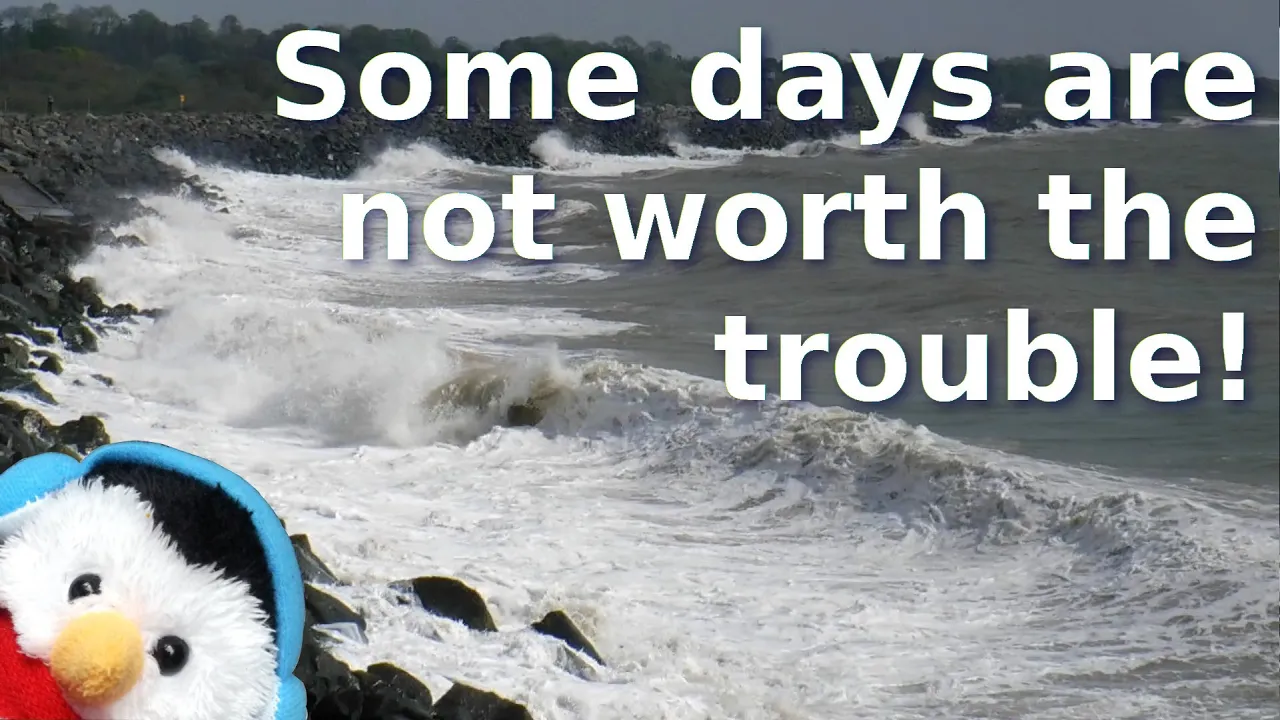Well oour annual maintenance time has approached and it is time to pull out our anchor chain and inspect it. Now we check our chain every tear, but one of the things that we don't do every year is turn the chain. The reason we are turning the chain, is to spread the wear. If you think about it. there will be parts of your chain that goes down into the water and there will be parts that stay in the locker, so turning the chain, will spread wear and allow you to keep your chain in good order for longer.
Our anchoring equipment
- Anchor - 16kg Delta anchor - The 16kg dela anchor is designed for boats between 34ft and 48ft, so we are at the lower limit of the anchors specification. If, you are choosing a new anchor for your boat, then being at the lower limit to about mid way is the specification that you should be looking at. This gives you more wiggle room, for when things go wrong.
- Chain - 50m of chain - The 16kg delta anchor should be married with 8mm chain, which is what we have. 8mm chain weighs about 1.4kg per metre, so you can say that for every 10m of chain you are effectively putting down another anchor
- Snubbers - These are used as shock absorbers and are attached to the chain via a hook
- Swivel - Used to stop the anchor twisting
- Anchor Marker - Used to show us where the anchor is
Marking the chain
- Chain markers - These are little pieces of plastic that go into the chain, we have used them for a few tears now and we have had no problems with them. They are relatively easy to put in and take out with a flat bladed screw driver
- Paint - This does work, but you can not turn a chain around if you use this method
- Cable ties - I have seen people use them, but they are really bad for your hands when you have to handle the chain and they do break when they go through the gypsy on your windlass
The bitter end
This is the end of the chain that attaches to your boat. You always need a rope at the bitter end so that if you need to ditch the chain for any reason, then you can cut the rope and leave your anchor. For your rope always use nylon, so that you have a shock absorber right at the end of your chain
The anchor swivel
- Size - Use as large a swivel that is still recommended for your chain as you can. The better the construction, the longer life the swivel will have
- Location - Never attach a swivel directly onto the anchor, as you can create side loads which can damage the swivel
- Impact driver - To remove the pins from the swivel, we needed the impact driver to break the lock tight that we had put on the threads. Equally when we put the swivel mechanism back, the impact driver got an extra 1/8 of a turn over our standard drill.
- Cleaning - We cleaned the swivel with a copper brush as copper is softer than the steel swivel, but harder than the dirt
- Inspection - After cleaning we inspected the swivel for any damage that could compermise the swivel
Shackles and chain attaching the swivel to the anchor
- Extra chain segment - You need an extra chain segment that goes between the swivel and the anchor. This needs to be the next size up from your standard chain, so in our case is 10mm chain and measures just a few links
- Shackles - We use Jimmy Green, Green pin shackles as they are manufactured to the EN13889 standard and they have a 6 to 1 safety factor and are much stronger than standard shackles
- Ceasing wire - After the shackles were in place we ceased them with ceasing wire
Snubbers
- Purpose - To transfer the load from your anchor to a cleat on your boat, thus protecting your windlass
- Chain hook - A chain hook is designed to hook onto a chain. We have two, our main hook can take a larger load, but can drop out in a bouncy sea, while our second hook will not drop off as it has a gate, but is weaker
- Line - We use a nylon line as it has stretch and makes for a better ride while at anchor
Anchor marker
- Purpose - The purpose of the anchor marker is to tell you and other boats where your anchor marker is
- Buoy - Floats and has been marked with retro tape and stickers that tell other people exactly what what the purpose of the buoy is
- Rope - Sinks. When we used floating rope, the rope wrapped around our propellor.
- Weights - These are arrached to the buoy, two metres away from the buoy. This means that the line between the buoy and the weights is always vertically down, so has no oppertunity to tangle around your propellor
- Length of remaining line - In general we us a 5 to 1 ratio when dropping the anchor and we have 50 metres of chain, so our line is 10m
Anchor marker pros and cons
- Cons
- Reduce space for other boats - When you are in a busy anchorage then anchor markers mean that other people can't anchor where you have a marker
- Moor to your anchor marker - We have been in a situation where somebody did want to moor to our anchor marker, which is why we have the writing on the marker so that others can clearly see what it is
- They can tangle your prop - This is what happened to us when we used floating line, which is why our rope sinks now
- Tangle the anchor - This is what happened to us when we were at Kinsale in Southern Ireland, but here there was a strong current and there was a lot of foul moorings at the bottom which is why when we brought up the anchor there was foul moorings attached.
- Pros
- Visual reference - Allows you and others to see where your anchor is
- Crossed anchors - This happens when two boats have their anchors in the same place, but because others know where your anchor is, this should not happen
- Swing radius - Because, others can see where you are and where the anchor is, they can see your swing radius, and will have a better understanding if where you will swing
- Foul bottom - Even when we clearly had a foul bottom by using the anchor marker and windlass we could pull up the anchor
- Overall - The pros outweigh the cons so we will continue to use the marker













